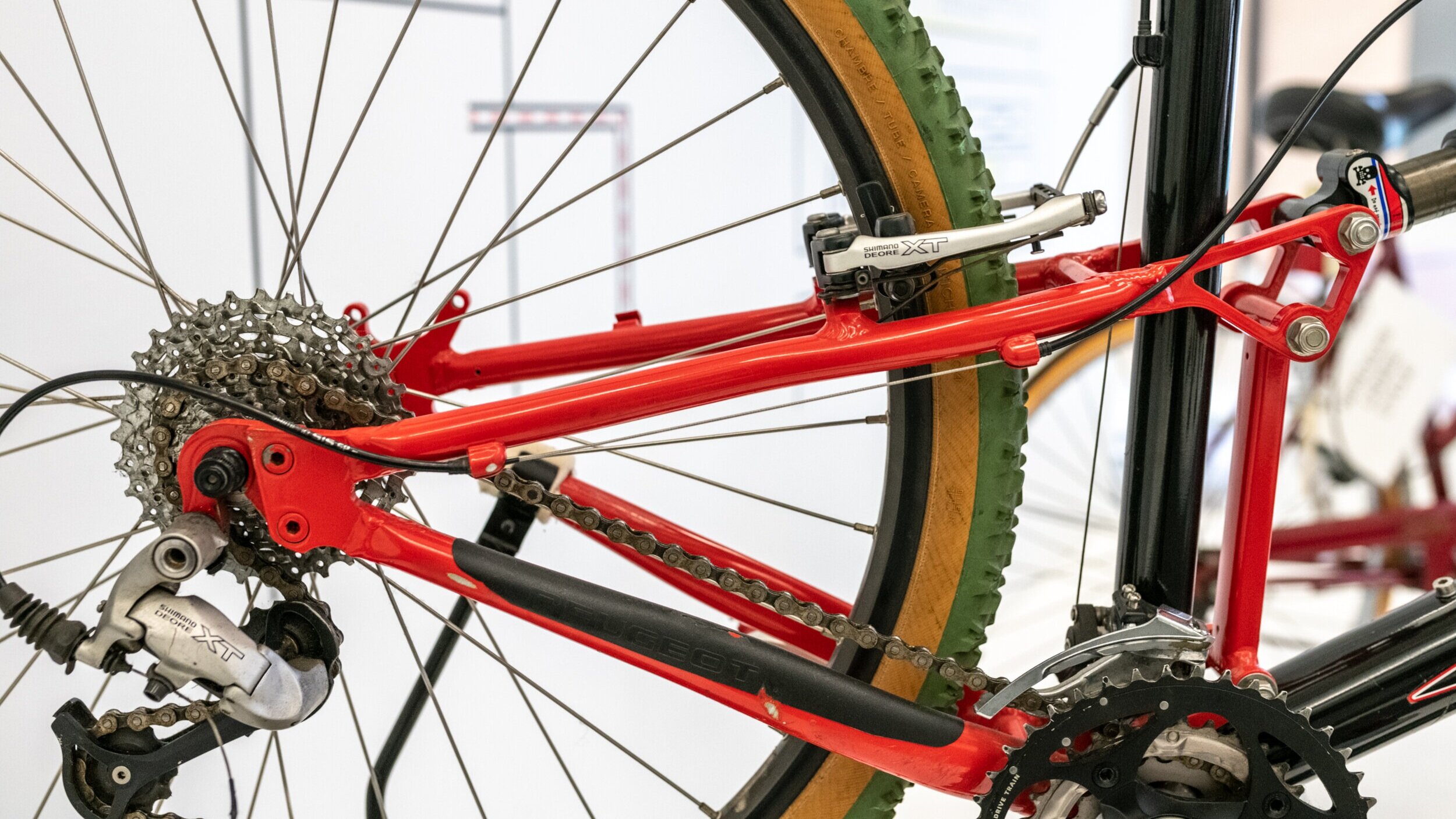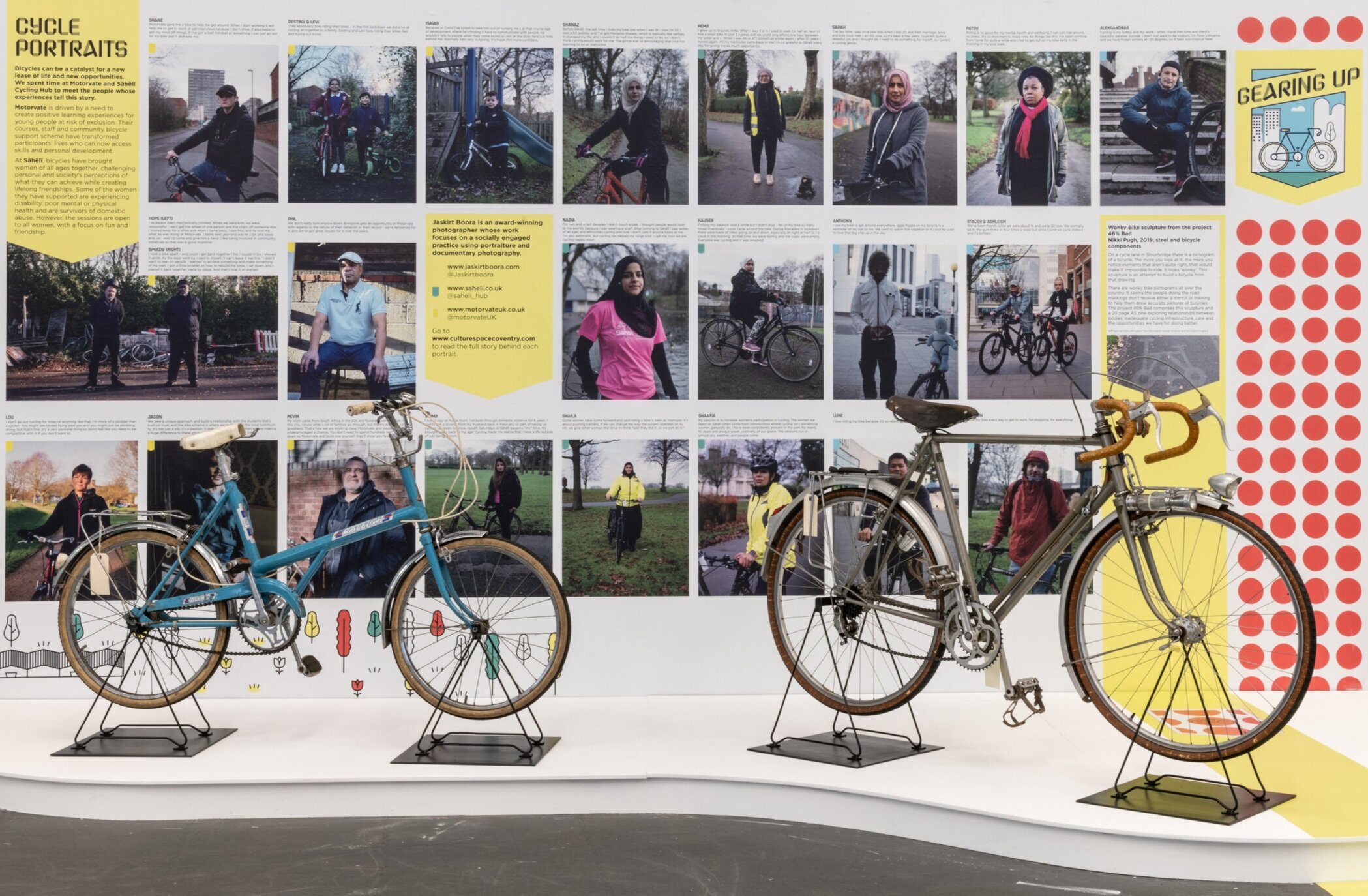
Gearing Up: From Saddle to Spoke
Coventry Transport Museum
12 March - 13 June 2021
More cycles were made in Coventry in the 1890s then in any other city in the world; and during that time it was referred to as the ‘Cycle Capital of the World’.
From the introduction of the earliest cycles, the allure of freedom and speed that they offer has been a positive part of our culture. Coventry and similar cities around the world have produced and celebrated cycles for more than a century.
Over the years, cycling has developed into many different interests and styles. The cycles themselves have evolved to meet the needs of the many different ways you can enjoy cycling. Bikes for gravel tracks, stunt riding and commuting are all different in style and design.
The technology needed, and approach to building cycles has taken many directions over the last hundred years, culminating in some unusual results.
From the earliest hobby horses, similar to ‘balance bikes’, to the diamond frame safety design, inventors and manufacturers looked for ways to make their creations work better. This resulted in lots of experimentation.
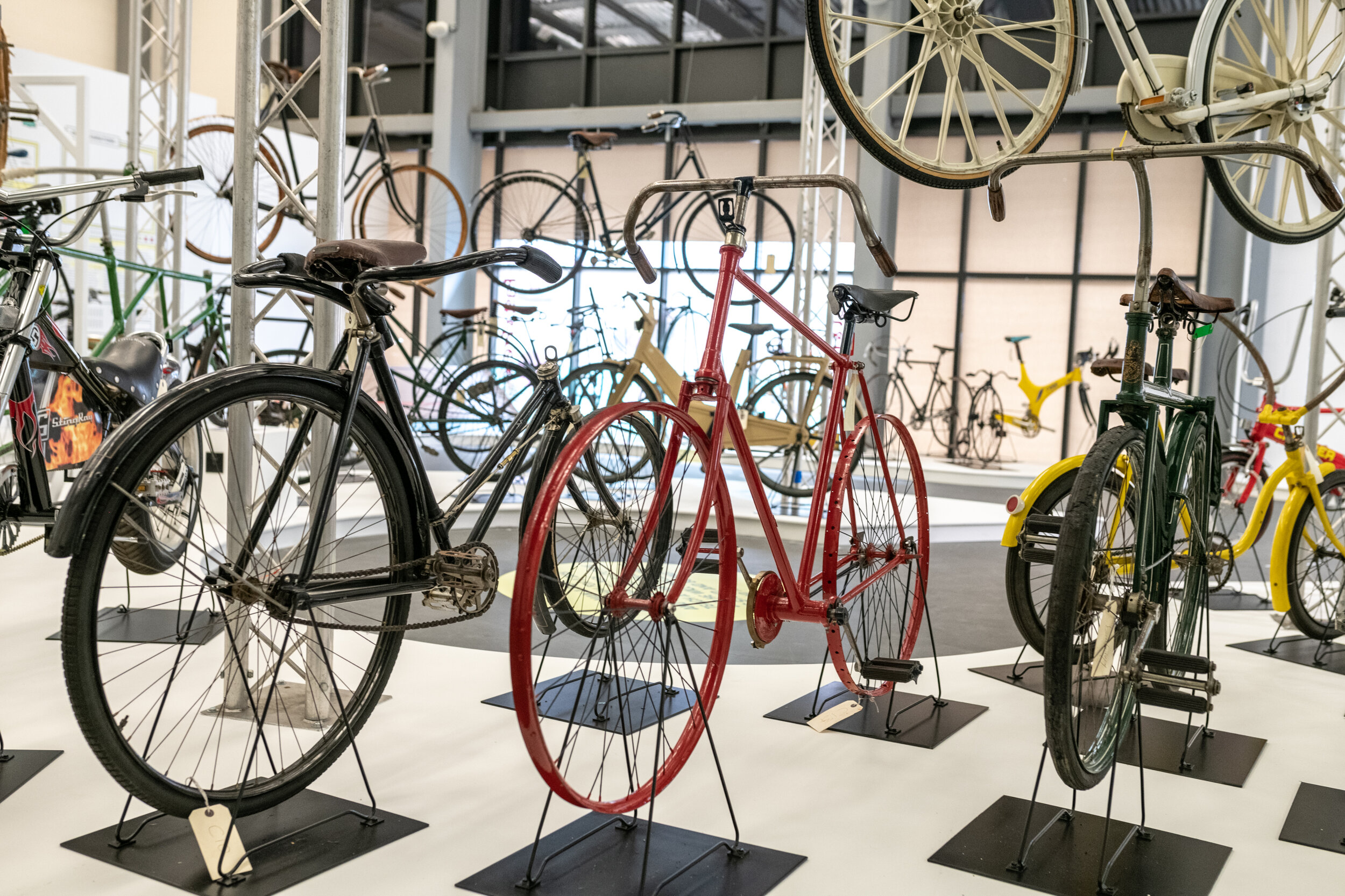
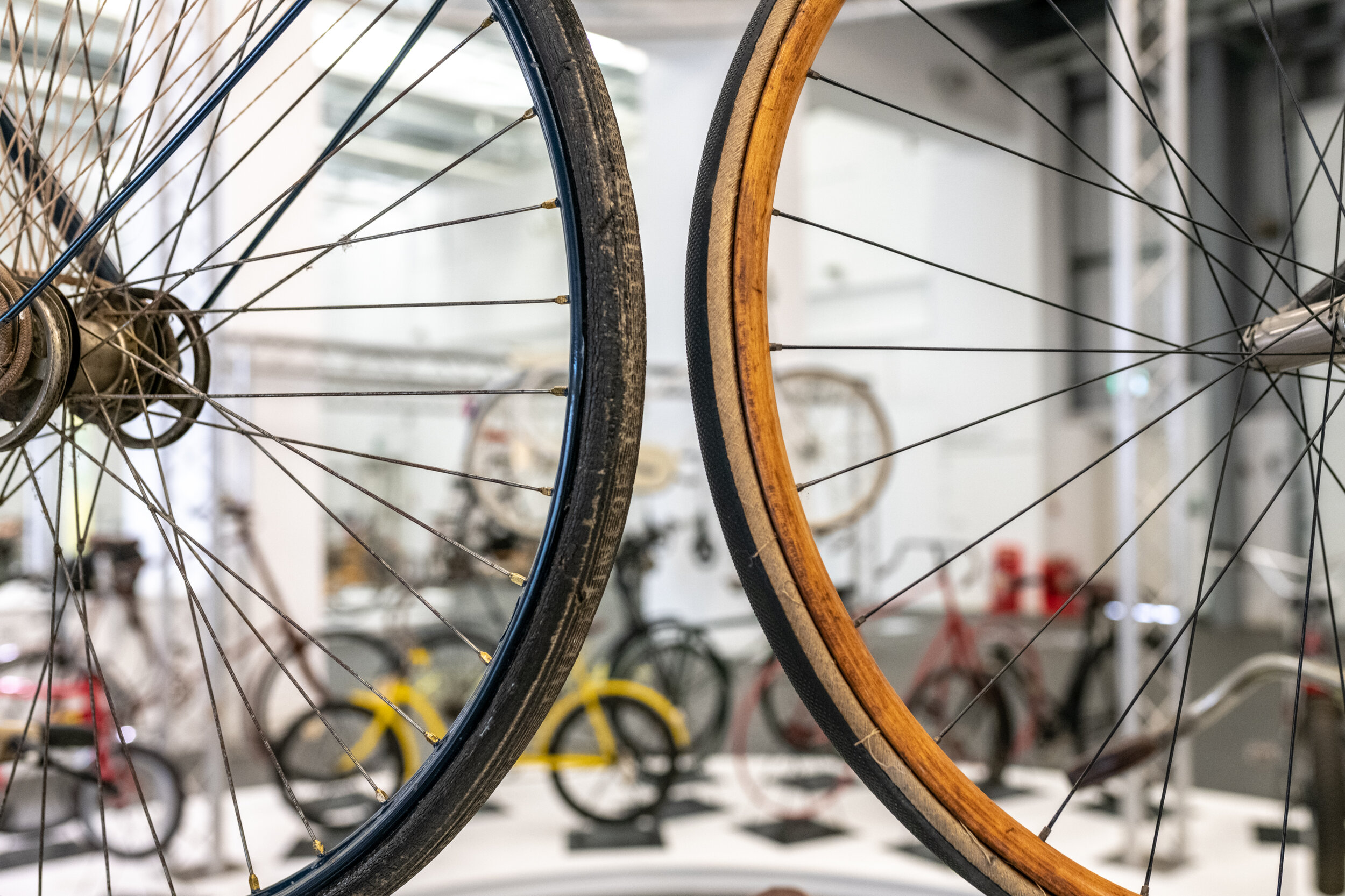
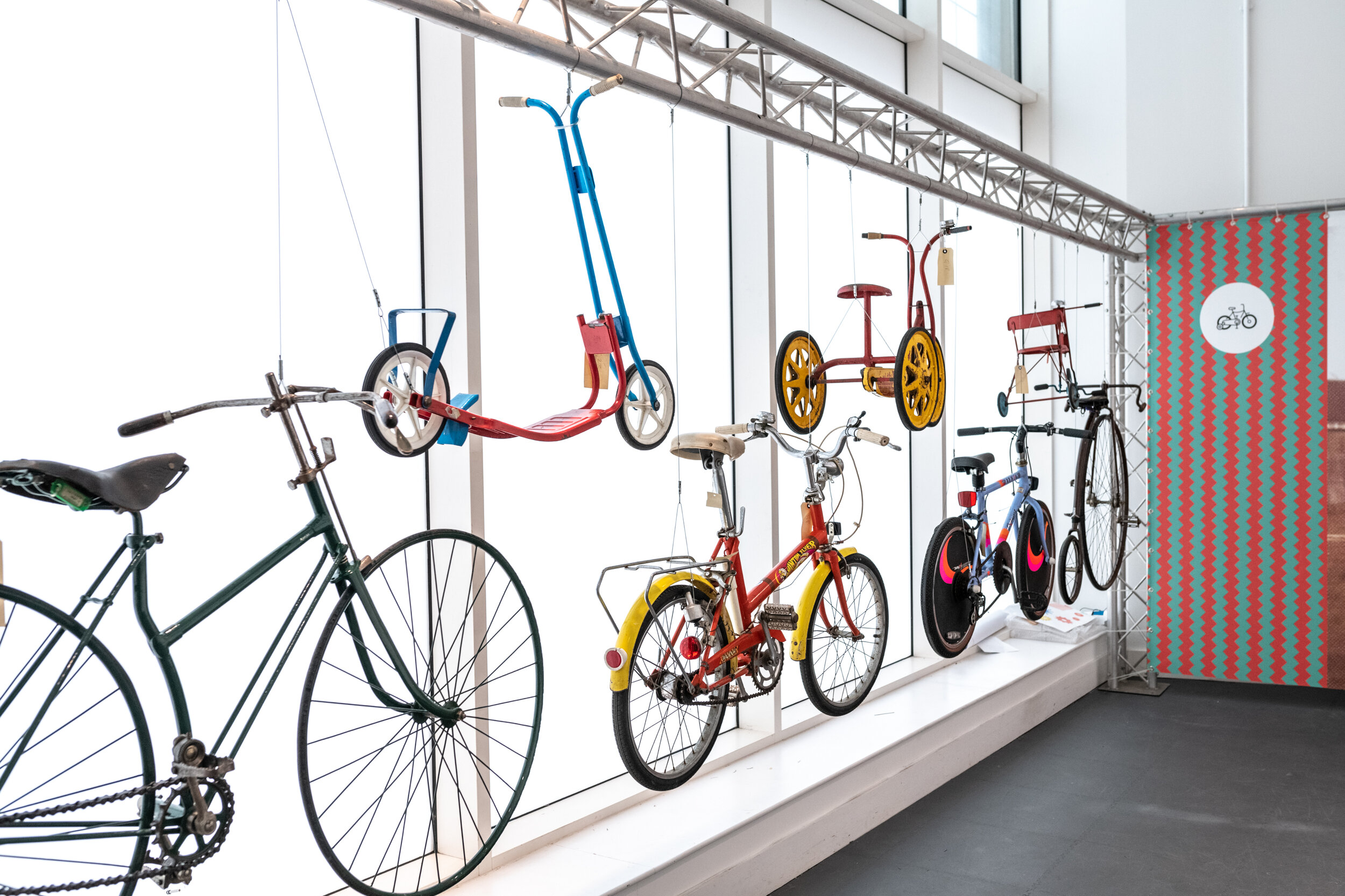
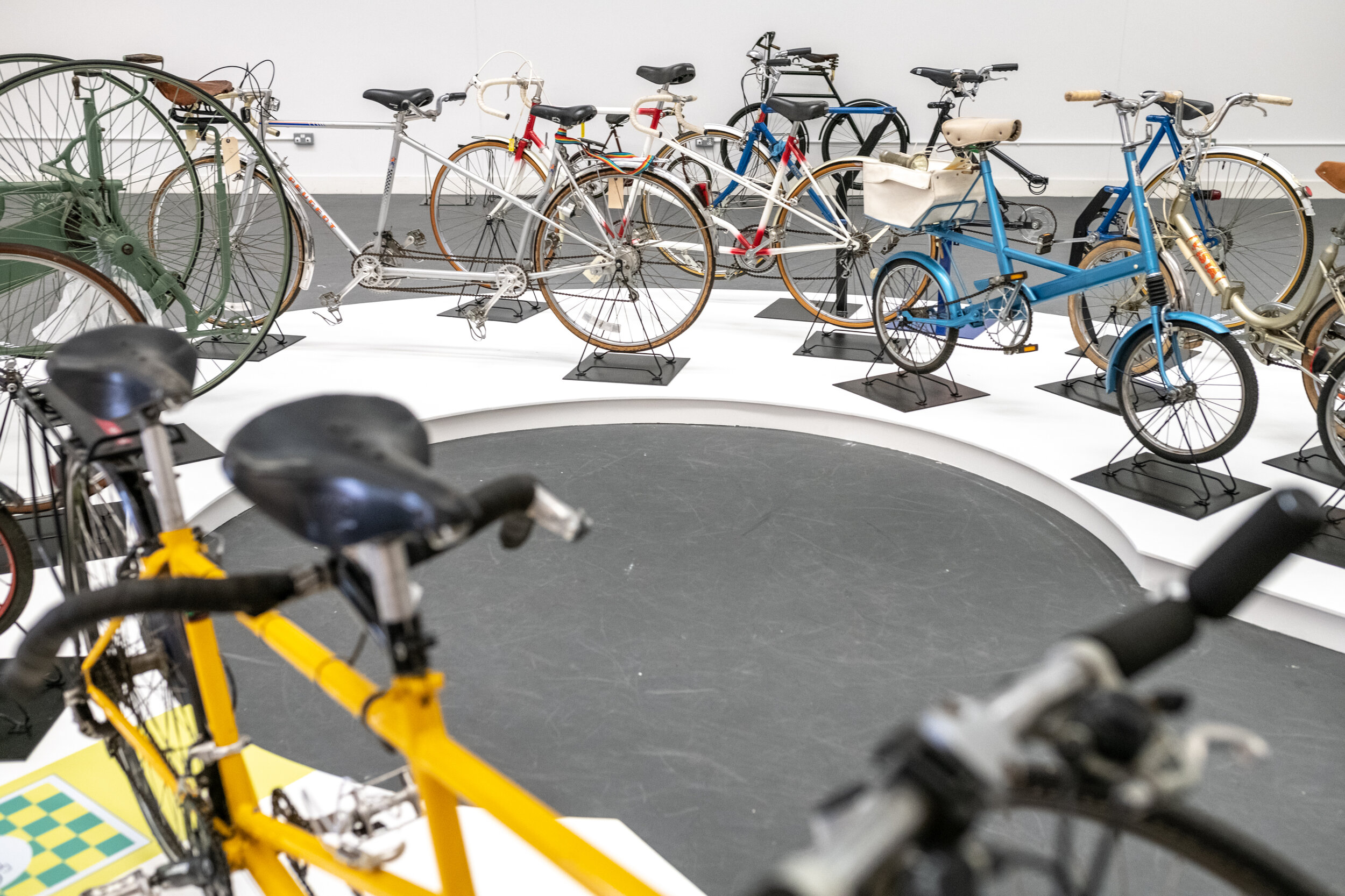

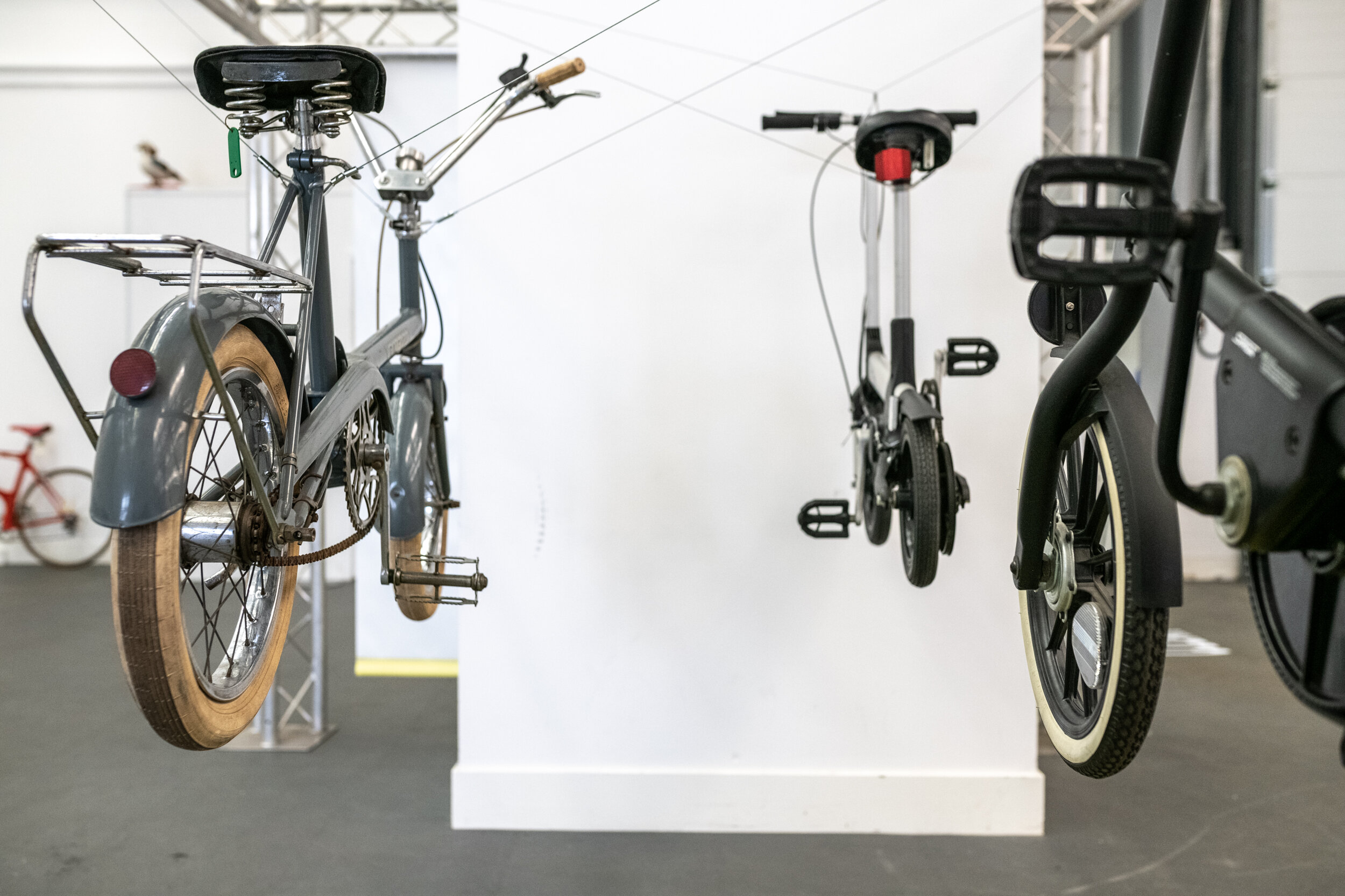
As the popularity of cycling grew, bicycles featured more in work and social lives. The bicycle became a ‘mover of the people’. The expanding uses of cycles encouraged the adoption for stronger, lighter materials and more precise ways of producing components.
Cycles had to be able to cope with repeated use, different road surfaces, transporting goods, riding style and even the weather. This need for sturdy, resilient cycles was a departure from the lightweight racing bikes built entirely for sport. Many manufacturers today offer a blended experience, with cycles that are lightweight and also suited to the stresses of regular use from commuting or leisure cycling.
Today downhill, cross-country, urban and hybrid bikes use designs which place rugged functionality and reliability at the forefront. They have wider tyres and more gears enabling the rider to cross all kinds of terrain.
Road, racing and time-trial bikes show a different design story, where weight-saving, speed and aerodynamics have been major factors in their development.

“The bicycle is a curious vehicle. Its passenger is its engine.”
— John Howard
Taking bicycles away from roads and pavements and putting them onto country paths and difficult terrain created a significant challenge for designers and manufacturers. However, designing an all terrain bike provides a different set of problems to solve. Riders need to make quick changes of direction on uneven or unstable ground, so bikes need to have agile handling and steering. The structure also needs to be rugged and durable which usually means greater weight.
To meet these needs, ‘mountain bikes’ emerged at the beginning of the 1980s and quickly became a large part of the cycling landscape. They are capable ‘do anything’ cycles popular for urban settings, exploring the countryside and instrumental in establishing an off-road competitive cycling scene. Early ‘balloon’ tyres were key to their adoption and success, reducing vibration and shock from riding over bumpy ground, so that riders could be nimble and fast when descending rocky slopes.
2000 Peugeot ATB
Cyclo-cross, a type of off-road riding and racing, was developed as a way for professional cyclists to keep competition fit throughout the winter months. This Peugeot ‘ATB’ or All Terrain Bicycle was raced by national cyclo-cross and mountain bike champion, Steve Knight.
Road bikes take their design cues from the sport of racing, hoping to propel their riders quickly and efficiently along relatively smooth roads and cycle paths. Aerodynamic, lightweight frames with relatively thin and smooth tyres improve performance and reduce friction, allowing riders to glide at speed.
With this type of cycling, there has been a large appetite for rigid, lightweight materials such as carbon fibre. Designers of these road bikes look to the world of competitive cycling in terms of the materials and designs they use. Despite the widespread adoption of carbon fibre as a versatile material for frame-building, aluminium and steel are also very popular choices. Modern technology can get the most out of these materials by constructing thin, lightweight and durable tubing able to withstand the stresses of use.
Many modern road bike manufacturers are following a trend of adopting wider, smooth tyres which reduce rolling resistance on textured road surfaces by altering the shape of the contact patch to be more efficient. The upside of this is also improved comfort and less of a need to run high tyre pressures.
1890 Geared Facile (left)
This bicycle was ridden by the racing cyclist Percy Nix who competed 297 miles in 24 hours in 1888. Percy was a prominent racing cyclist and record-breaker, especially known for his marathon rides from Land’s End to John O’Groats. He also cycled from London to Brighton and back in a single day.
1890 Singer Rational (right)
This Rational bicycle was made by Singer & Co., Ltd. as an attempt to make the Penny Farthing safer to ride. To do this the front forks of the bicycle were angled so the rider sat more evenly balanced between the two wheels, thus avoiding falling frontwards over the handlebars or ‘headers’. The bicycle has direct drive to the front wheel, and although there is a brake fitted over the top of the wheel it wasn’t very effective.
The back wheel was also made heavier and larger. As a result, the bicycle was certainly safer to ride. Though the handlebars are ‘dropped’ (a common addition for a racing cycle to make the cyclist’s posture more streamlined), the Rational was never used for racing due to the heavier back wheel reducing speed.
Ever wonder how to get onto a Penny Farthing? Look for the mounting step at the rear of the frame which riders would use during a running start to get seated on the bicycle.

“Life is like riding a bicycle. In order to keep your balance you must keep moving.”
— Albert Einstein
Getting a cycle to move has proven to be a design challenge with some fascinating solutions. The chain and sprocket arrangement we see most often is named the Derailleur system. Other variations can resemble the gearboxes of cars, or the piston-like arrangement of a steam engine. Different methods of providing power are suited to different situations, such as using a low-maintenance belt instead of a metal chain on commuter cycles, or an enclosed system of gears for touring cycles to keep the components clean and low-friction over long periods of time.
c1960 Tri-ang
This child’s tricycle was made by Lines Bros Ltd., under the Tri-ang Toys brand name. During the company's peak in the late 1940s, Lines Bros Ltd. claimed to be the largest toy maker in the world.
Imagine sitting high up on a Penny Farthing, or ‘ordinary’ bicycle, feeling the wheel twist ever so slightly as you push down on the fixed pedals, and the slow leaning tilt as you manage your tall centre of gravity. As you build momentum the ride becomes smoother, and with your eyes this high up, you feel like the ground is moving underneath you a little slower than you would expect.
Now, set your mind to riding a low, sleek racing bike, painted in your favourite colour. Leaning forward onto the handlebars, arms forward in a narrow aerodynamic pose you feel the air whipping around you. The slim frame moves with your body as you pedal, weight barely noticeable. With your position closer to the ground, the sensation of speed is exaggerated.
Next, relax your arms and imagine gripping the wide, sturdy handlebars of a mountain bike. The compact frame flexes underneath you and rides over uneven terrain, absorbing the shocks and judders. The front wheel feels light and responsive, as the wide tyres grip into the ground. Carving smoothly around corners, you crest a small bump and feel weightless for a moment, before the tyres bite down again and you continue onwards.
Behind the Frame
As part of the exhibition we have launched ‘Behind the Frame’ – which explores how bicycles can be a catalyst for a new lease of life and new opportunities. As part of this, Coventry Transport Museum commissioned artist Jaskirt Boora to uncover the stories of people and their bikes through connecting to pioneering community initiatives, regional cycling equity schemes and Coventry’s public.
Bicycle City Awaits
Create your own bicycle design and rider before taking a ride through the streets of Coventry.
The digital exhibition has been curated by Joy Corcec.




